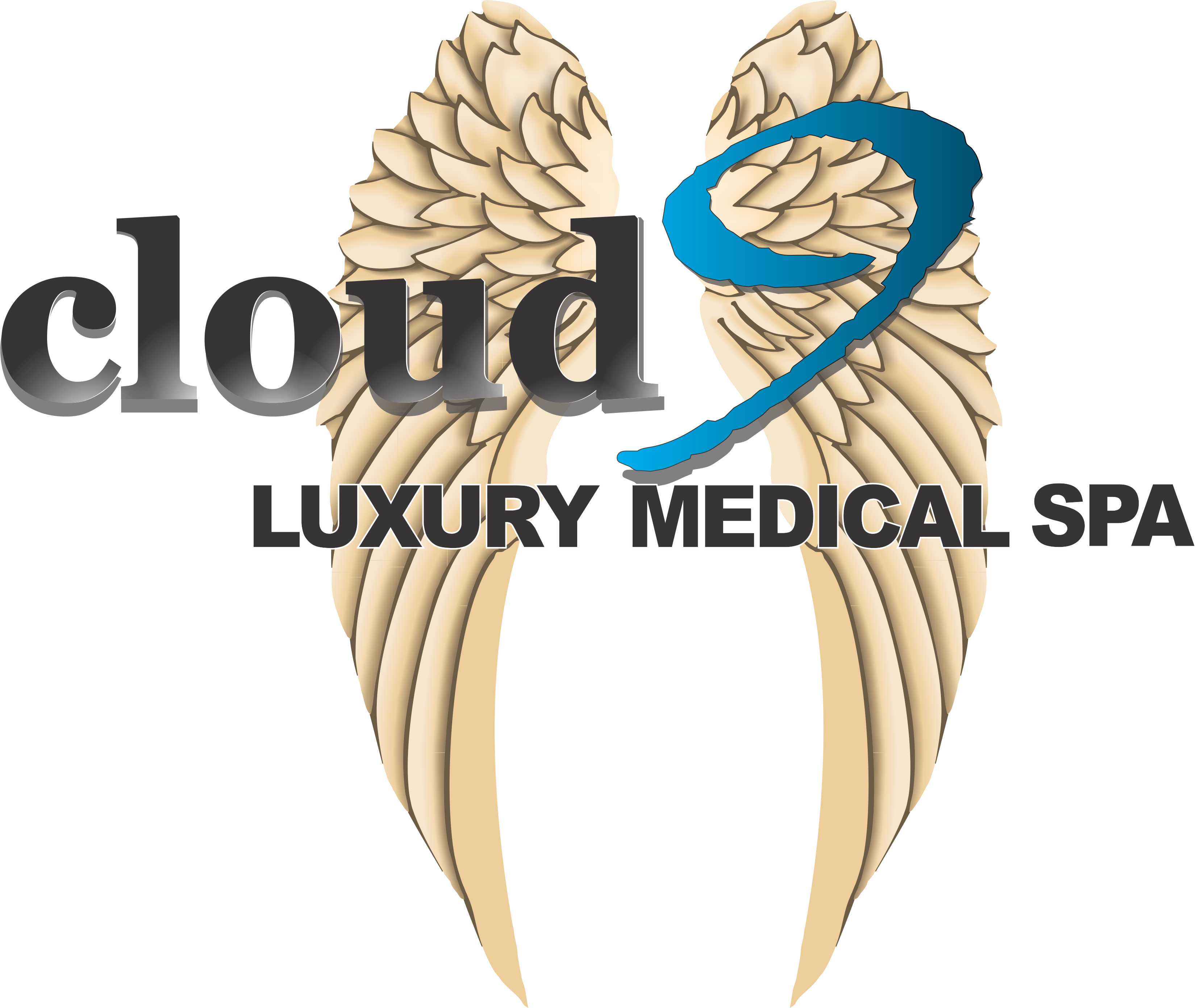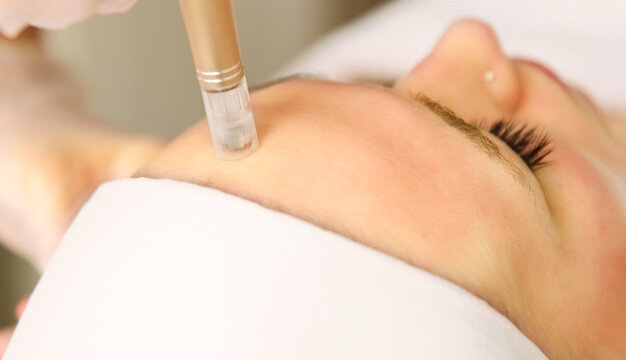Microneedling with PRF
A PRF treatment uses platelet-rich fibrin (PRF) to rejuvenate skin or hair. PRF has a high concentration of both platelets and growth factors, which can help cells function better and trigger stem cell activity to spur elastin and collagen production, promote hair growth, and accelerate the wound healing process.
A PRF treatment uses platelet-rich fibrin (PRF) to rejuvenate skin or hair. PRF has a high concentration of both platelets Recent research supports the benefits of PRF for tissue repair with microneedling (a combo sometimes called a PRF facial). It can be applied topically or injected into skin (often referred to as i-PRF, short for injectable PRF) to target signs of aging. The most common treatment areas for PRF are the face (especially dark under-eye circles), neck, and hands.and growth factors, which can help cells function better and trigger stem cell activity to spur elastin and collagen production, promote hair growth, and accelerate the wound healing process.
Benefits of PRF include:
· Evening out skin tone
· Improving texture
· Reducing acne scarring
· Brightening the under-eye area (hollows and dark circles)
· Firming skin
· Softening fine lines
Stimulates collagen for 2 years
PRF vs PRP: Which Is Considered to Be Better?There’s a general consensus amongst the medical community that PRF has a distinct edge over PRP. Here are some of the reasons why PRF is considered to be better than PRP:
What is microneedling with PRF?Microneedling with PRF is a minimally invasive procedure for facial rejuvenation. It involves applying the patient’s platelet-rich fibrin (PRF) to the skin and puncturing the skin with fine needles. The needling creates tiny injuries that stimulate skin renewal while the PRF speeds up recovery. Platelet-rich fibrin is derived from the patient’s blood. It’s a mix of platelets, white blood cells, growth factors, and a clotting protein called fibrin. PRF helps stimulate wound healing and promotes collagen and elastin production. PRF is a newer version of platelet-rich plasma (PRP) and is sometimes called a second-generation product. The medical use for these products is similar, but where PRP needs anti-clotting additives to activate growth factors, PRF does not. These additives in PRP block natural clotting and slow down the healing process, so experts consider PRF a better product. Without additives, PRF can release healing proteins over a longer time, which gives longer-lasting results. How does microneedling with PRF work?Microneedling treatments use a handheld needling device that creates controlled, superficial injuries that don’t damage the outer layer of a patient’s skin. The process sets off a wound-healing cascade, causing the body to release growth factors and immune cells that generate new tissue. Cells migrate to these areas and start producing collagen fibers — a protein matrix forms and collagen deposits in the skin, leading to skin tightening. The needles don’t cause real wounds but instead trick the body into sensing an injury and setting off this cascade. Microneedles also break down tissue strands in scars and restore blood flow to the area. Along with needling, a provider applies PRF to the patient’s skin. The PRF comes from the patient, so the provider must first draw the patient’s blood and then spin it through a centrifuge at a low speed. The machine separates the blood from the plasma, settling the heavier cells to the bottom and increasing the number of platelets and cells available. Essentially, PRF primes the skin with the growth factors and cells it needs to heal. These cells are part of the natural healing cascade, so combining PRF with skin needling feeds the skin and the body its own natural healing ingredients, which speed up recovery time. Compared to PRP, PRF doesn’t have any additives that block the healing process, so it steadily releases these growth factors into the skin. The effect is faster and natural healing, more significant collagen and elastin production, and longer-lasting results. Microneedling is an intentional and controlled skin injury that triggers the body to rejuvenate and repair the skin. PRF can be applied to these micro-injuries to stimulate natural skin tissue renewal further and lead to smoother and firmer skin. Who is the ideal candidate for microneedling with PRF?Microneedling with PRF is a safe and effective procedure. While it does have some recovery time, it’s a minimally invasive treatment that can help with signs of aging. It stimulates collagen, improves scars, and the combined PRF also helps speed up recovery. Microneedling with PRF is ideal for patients who want to improve:
Microneedling on its own is a powerful collagen stimulator, so the combined treatment is especially beneficial for people who want to restore lost collagen and lift the skin. It’s also an alternative for patients with acne scarring and hyperpigmentation who can’t have laser treatments. Minimal downtimeIt doesn’t take long to perform microneedling with PRF, and there’s very little recovery time. The skin will be red and dry, but within one to two days, this will go away. Some tenderness or discomfort is also standard, but it doesn’t usually interfere with daily life. Patients can go back to normal activities right away. Longer lasting resultsPatients will need a few treatments to get the best results, and they will be most visible between four to nine months after the procedure. Changes from microneedling tend to gradually appear rather than being dramatic and short-term, like laser treatments. Results vary by patient, though. Restored volume and smoother textureAs the skin heals from the micro-injuries, the new collagen gives the skin a smoother texture and restores volume to the skin. The PRF enhances the natural healing process and speeds up regeneration. The result is fresher, youthful skin. 3 for $1500 |


